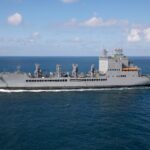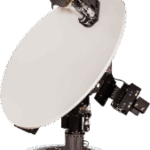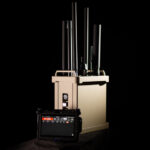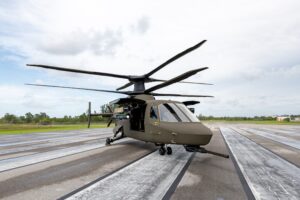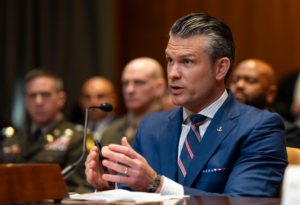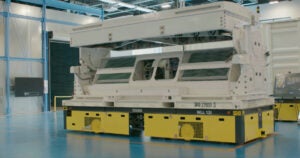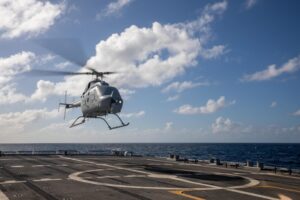
A recent test launch of an anti-aircraft missile from a Littoral Combat Ship (LCS) demonstrated the capacity to expand the mission set of the ships and there is more experimenting with the vessels ongoing to explore their versatility, several Navy officials said on Monday. The October test of the Standard Missile-6 from a containerized launch system aboard the Independence-variant USS Savannah (LCS 28) combined with the recent initial operating capability of the mine countermeasures mission (MCM) package for the ships…

 By
By 